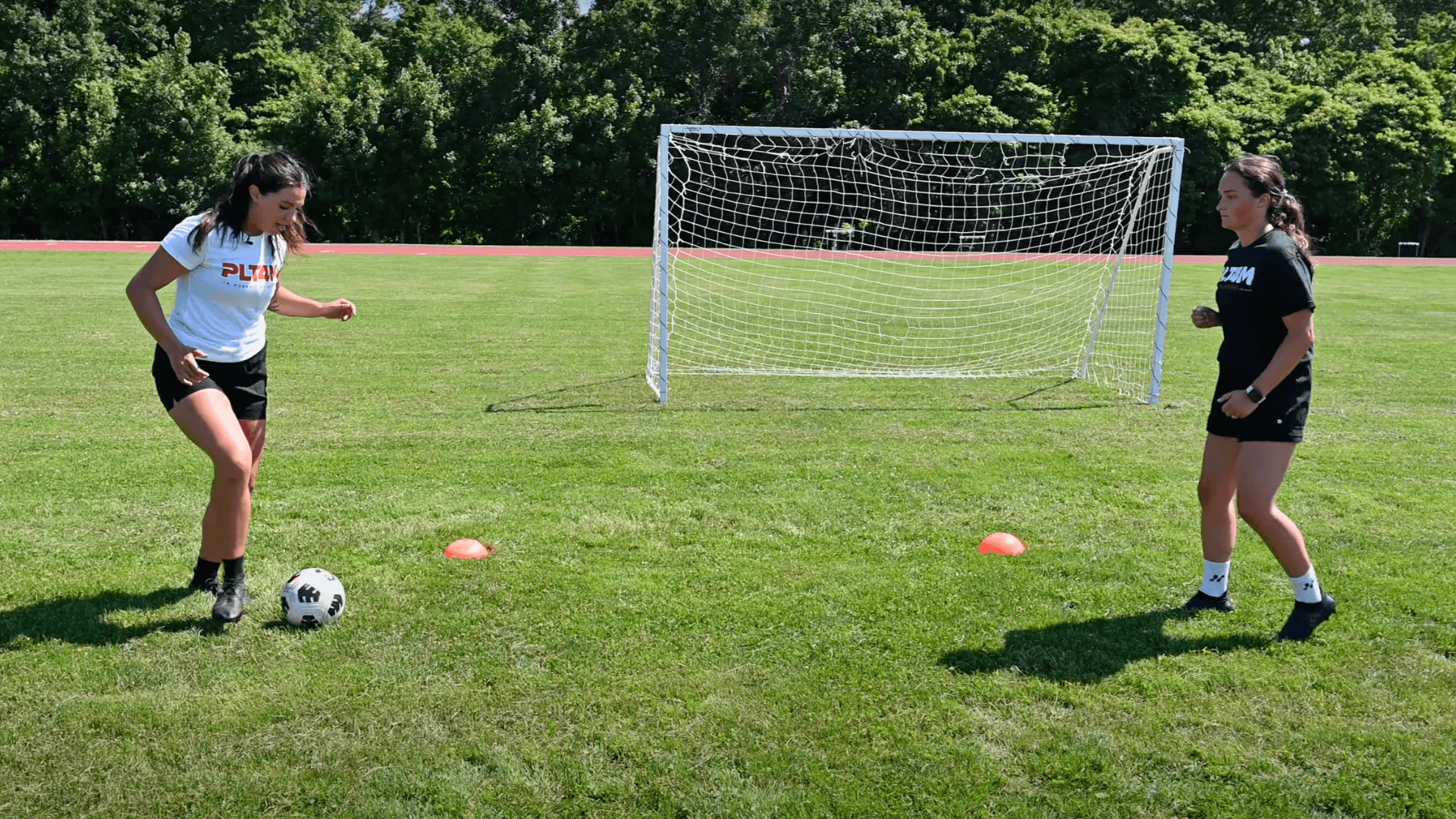[vc_row][vc_column][vc_column_text]
Strength & Strength Endurance
This lesson is part of our newly released EDU100 – Foundations Of Fitness Program. Our team created cognitive PE lessons that build a foundational understanding of fitness, and it’s importance in our lives! Each lesson has a written article, video, and open response questions for students to complete. Check out this example!
[/vc_column_text][/vc_column][/vc_row][vc_row][vc_column][vc_video link=”https://youtu.be/fiOuSOfDOT4″][/vc_column][/vc_row][vc_row][vc_column][vc_column_text]
What is Strength?
Technically speaking, “Strength” is a measure of force production.
Often, people classify this capability through a very narrow lens. Muscular strength is sometimes limited to the ability of a muscle or muscle group to exert maximal force against resistance. Strength is expressed by slower, controlled movements. For example, a heavy squat performed at a slow speed.
Strength can certainly be measured based on the amount of weight lifted for a single rep. This is referred to as a one-rep max, or 1RM. At PLT4M, we include this measure of strength when utilizing our weight training movements.
BUT – the application and measure of strength is not reserved for weight training alone.
At PLT4M, we like to think of strength as your muscles’ ability to apply force into/against the physical world.
Barbells and dumb bells are great, but, before we get there, we employ a host of bodyweight exercises that engage muscles throughout your entire body in strict form.
Moving one’s body against their own body, or gravity, while maintaining proper posture is a display of strength, and strength endurance all it’s own.
Strength For all
Strength isn’t a need reserved for athletes or bodybuilders.
Sure, total body strength and stabilization is essential for athletes such as swimmers, climbers, or golfers who demand strength and power from their arms and shoulders to perform well and avoid injury.
But a strong upper body is also important for everyone who wants to perform everyday movements, such as carrying luggage or picking up children, with ease and without risking injury.
Forget building mass or trying to jump higher. Strength is a necessity for all to enjoy a long and healthy life. Strength training increases bone density and staves off osteoperosis, increases caloric expenditure and motivates fat loss, prevents structural ailments like low back pain and knee injury, and all the while helping to stave off chronic disease.
Consider this: baseline strength and work capacity is what will keep you out of a nursing home in the future.
Assessing Strength
Before we get to the “One-Rep Maxes” of weight training movements, like the Back Squat or Bench Press, we can and should track our ability to exert force with control through the foundational bodyweight movements.
Standard push up and pull up tests have been used for decades as components of a basic fitness assessment.
They aim to record and track an individual’s relative muscular strength, and/or muscular endurance.
Muscular endurance is the ability of a muscle or muscle group to exert sub-maximal force against resistance for an extended period of time. Measurement of this muscular endurance is based on the number of repetitions performed in a given time period, or before fatigue shuts us down.
If we improve maximal strength, endurance improves as well.
Thus we can assess our ability to perform repetitions of bodyweight movements to track our relative strength overtime, before ever getting under a barbell.
Specifically, with the push up and pull up tests, we are assessing the muscular strength and endurance of the upper body.
With squats, we can do the same thing for the lower body.
Conclusion
Strength is a broad, and very important component of all-around fitness.
From maximal strength (lifting a heavy object), to extreme endurance strength (repeated force production for long periods of time, like rowing), it all falls under the same general umbrella.
Long story short – we can think about strength as “ability”.
The more you have, the more you can do.[/vc_column_text][/vc_column][/vc_row][vc_row][vc_column][vc_column_text][/vc_column_text][/vc_column][/vc_row][vc_row][vc_column][vc_separator][/vc_column][/vc_row][vc_row][vc_column][vc_column_text]
Request a demo of PLT4M today!
[/vc_column_text][/vc_column][/vc_row][vc_row][vc_column][vc_btn title=”Request A Demo” align=”center” link=”url:https%3A%2F%2Fplt4m.com%2Fwant-to-see-more%2F|title:Want%20to%20See%20More%3F” el_class=”red_button”][/vc_column][/vc_row][vc_row][vc_column][vc_separator][/vc_column][/vc_row]









